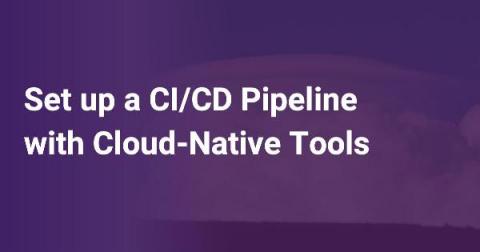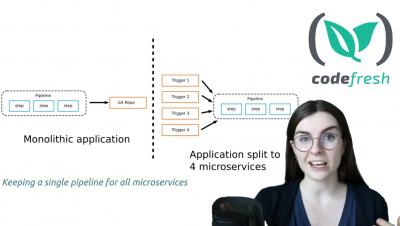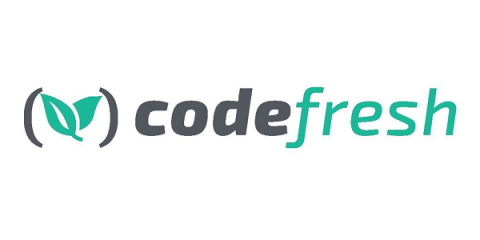Operations | Monitoring | ITSM | DevOps | Cloud
CI CD
The latest News and Information on Continuous Integration and Development, and related technologies.
CI/CD Pipelines for Kubernetes Apps with Pulumi & Codefresh
Delivering modern applications is complicated and requires the coordination of many moving parts. Applications are frequently updated to implement new features and improve security and performance which translates to a better user experience for your customers. To further complicate matters, infrastructure must also be deployed and maintained simultaneously with applications to avoid conflicts or dependencies.
JFrog Platform on Azure
Lesson 1: Don't tag your Docker images with latest -- use specific versions
Set up a CI/CD Pipeline with Cloud-Native Tools
The adoption of cloud-based solutions has become increasingly common. The proof for this is evident – according to Gartner, Inc., the worldwide public cloud services market is expected to grow by 6.3% in 2020, up to a staggering $257.9 billion in value. The Flexera 2020 State of the Cloud Report, released on April 28, 2020, states that more than 90% of respondents have adopted cloud computing, with the top three cloud service providers being – AWS, Azure, and Google Cloud Platform.
Reusable Pipelines for Microservices: Codefresh Quick Bites
JFrog & RedHat - Pizza Delivery vs. DevOps Pipeline On OpenShift
Getting Started with Docker and Cloudsmith
Kubernetes Deployment Antipatterns - part 1
In our previous guide, we documented 10 Docker anti-patterns. This guide has been very popular as it can help you in your first steps with container images. Creating container images for your application, however, is only half the story. You still need a way to deploy these containers in production, and the de facto solution for doing this is by using Kubernetes clusters. We soon realized that we must also create a similar guide for Kubernetes deployments.
Kubernetes Deployment Antipatterns - part 2
This is the second part in our Kubernetes Anti-patterns series. See also part 1 for for the previous part and part 3 for the next part. You can also download all 3 parts in a PDF ebook.










